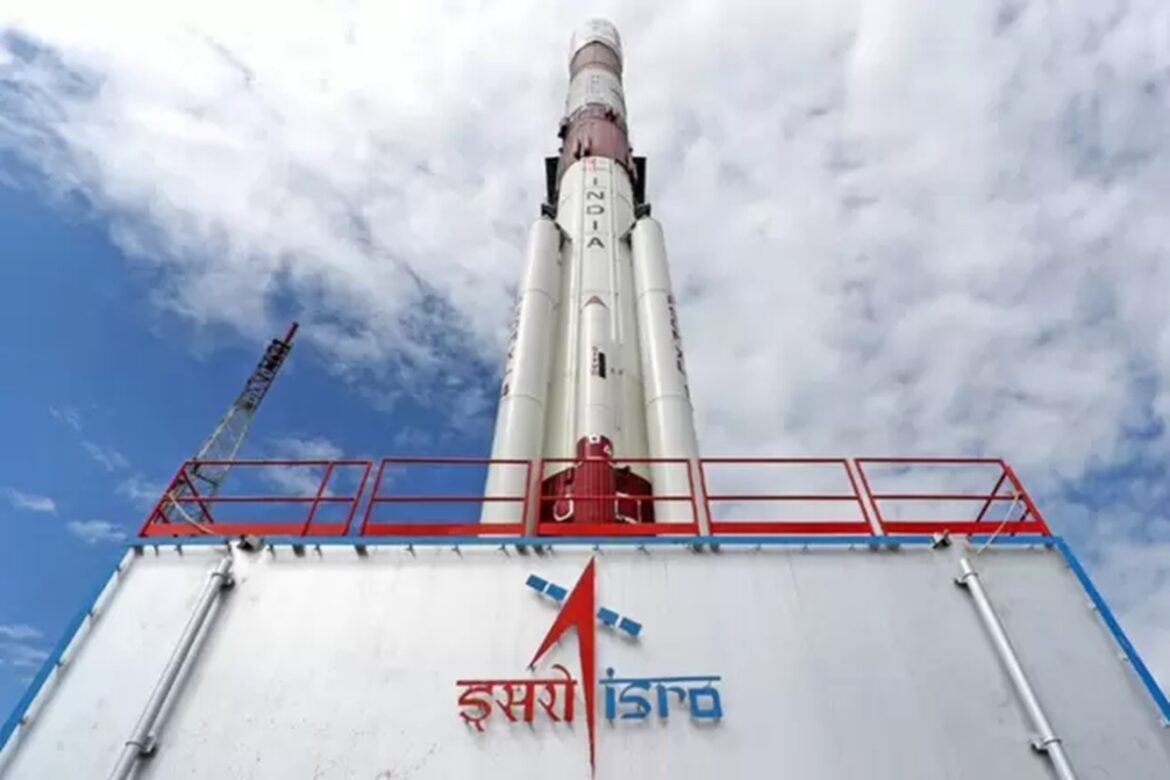The polarimetric measurements made by the XPoSAT will add dimensions to the equation and substantially improve our understanding of X-ray emissions from space sources.
Following its Chandrayaan-3 and Aditya-L1 missions, ISRO (Indian Space Research Organisation) is gearing up for a new year surprise. ISRO scientists will launch XPoSat on January 1, 2024, when the world celebrates the new year. It is the country’s first polarimetry expedition. XPoSAT will investigate black holes and other astronomical X-ray sources.
It is scheduled to launch on January 1, 2024, at 9:10 a.m. Following that, the XPoSAT will be launched into low-Earth orbit (LEO). According to rumors, the XPoSAT will be launched into space by India’s Polar Satellite Launch Vehicle (PSLV).
XPoSat carries two scientific payloads. POLIX (Polarimeter Instrument in X-rays) is the principal payload. Polarimetry parameters will be measured. These are the polarization degree and angle. The measurements will be taken in the 8-30 keV medium X-ray energy range.
XSPECT (X-Ray Spectroscopy and Timing) is the second payload. According to ISRO, this will provide spectroscopic information in the energy range of 0.8-15 keV.
“The emission mechanism from various astronomical sources such as blackholes, neutron stars, active galactic nuclei, pulsar wind nebulae, and so on arises from complex physical processes that are difficult to comprehend.” While data from multiple space-based observatories provides a plethora of information, “the exact nature of the emission from such sources still poses deeper challenges to astronomers,” adds ISRO.
The XPoSAT’s polarimetric observations will add extra dimensions to the equation. These are the polarisation degree and polarisation angle. Measurements along these lines will be extremely beneficial in understanding the emission mechanisms in space.
Meanwhile, ISRO has developed analysis software for doing Finite Element Analysis (FEA) on structures such as satellites, rockets, aircraft, and buildings.
“The FEAST software tool is the result of decades of work by generations of scientists and engineers at ISRO’s lead center in Thiruvananthapuram, VSCC.” We began developing this technology for our own internal usage and gained significant knowledge in this subject. That’s when we decided to share our software with the wider FEA user base in India,” said Dr S Unnikrishnan Nair, Director, VSSC, ISRO.



